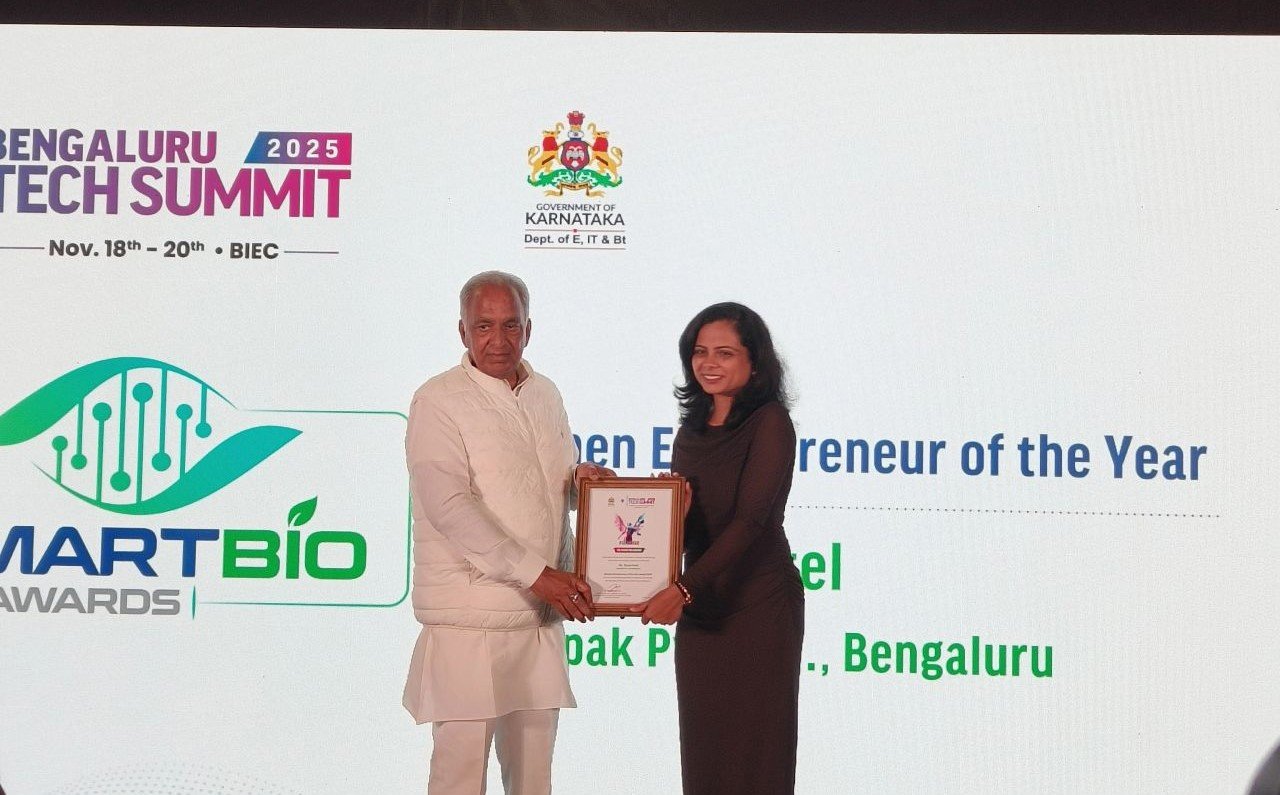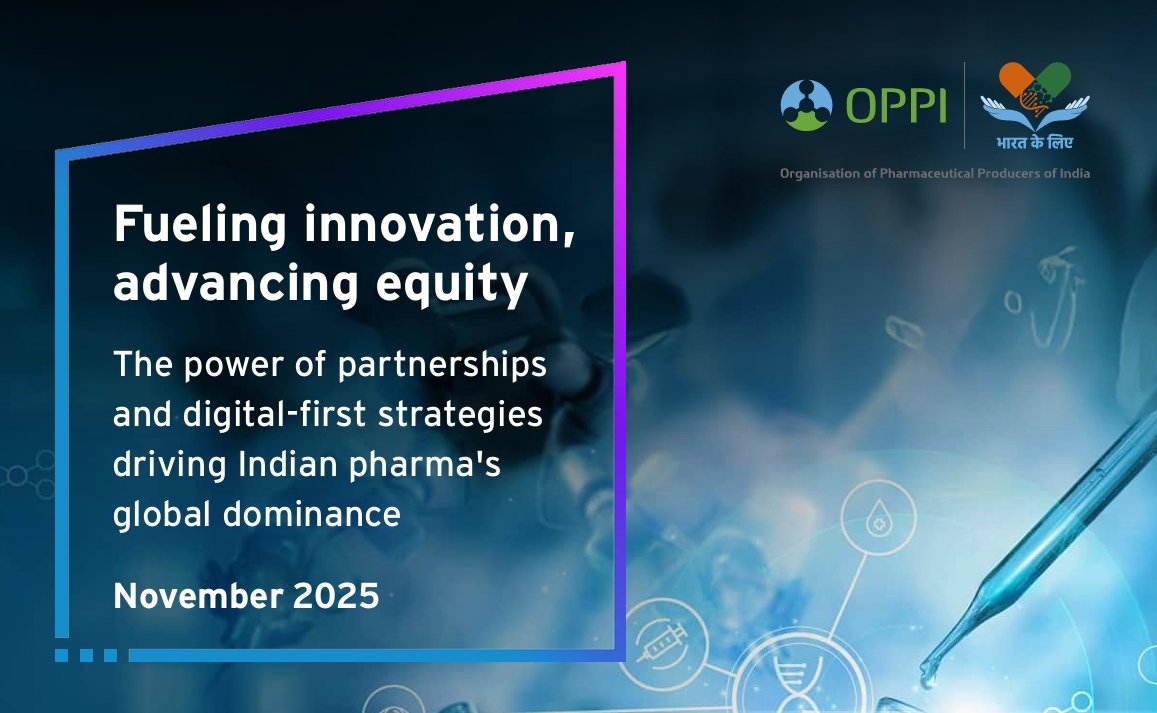Can Algae Transform Tomorrow’s Science & Medicine?
July 31, 2025 | Thursday | Views | By Dr Sougata Roy, Assistant Professor of Biology, Ashoka University
More than two-thirds of our planet is covered by water, encompassing vast oceans, lakes, and rivers, yet much of this underwater world remains a mystery, with large regions still unexplored and ecosystems waiting to be discovered. Among the most vital yet overlooked inhabitants of these waters are phytoplankton, microscopic organisms invisible to the naked eye, drifting silently through aquatic environments. These microscopic photosynthetic organisms not only serve as the foundation of aquatic food webs and generate oxygen to sustain aerobic life, but also are rapidly emerging as one of the most powerful and versatile resources in modern science.

As primary producers, microscopic photosynthetic organisms play a crucial role in capturing carbon dioxide and synthesising high-value organic compounds, which are increasingly being recognised for their significant commercial potential. While phytoplanktons continue to shed light on fascinating questions in basic science, they’re also proving to be a rising star in applied science, fuelling innovations that could transform how we power our world, grow our food, and care for our health.
From combating climate change to inspiring new therapeutics, these unassuming microbes are increasingly gaining the long-overdue recognition for their significance, and their potential is only beginning to be revealed.
Like all other organisms on Earth, phytoplankton must adapt to the daily cycle of light and darkness, a fundamental rhythm driven by Earth’s rotation on its axis. Despite being unicellular, they exhibit a remarkable ability to temporally organise their metabolic processes, partitioning various metabolic tasks according to the time of day. This rhythmic regulation allows them to optimise energy production, nutrient assimilation, and growth in synchrony with environmental cues.
A key research aspect is to understand how this temporal partitioning is regulated at the molecular level, with the long-term goal of fine-tuning these processes to optimise cellular efficiency and adaptability, to enhance algal productivity for sustainable biotechnological applications. To fully accomplish this, we must first identify the key molecular players and understand how their interactions drive the time-of-day-dependent outputs of metabolism.
It has been recognised that enzymes, a subclass of proteins that catalyse biochemical reactions within the cellular metabolic framework, are likely to play a major role in determining the time-of-day dependency of metabolism. To explore how these tiny organisms manage their internal schedules, the levels of key enzymes have been tracked in a common species of phytoplankton over a full day.
Since enzymes help carry out the cell’s chemical reactions, we reasoned that higher levels at certain times would mean greater activity, shaping when and how important biomolecules and metabolites are produced throughout the day. In the process, researchers have not only uncovered several metabolic pathways previously not known to exhibit time-of-day regulation, but also identified the molecular players involved in well-established metabolic rhythms.
Studies have opened up exciting new possibilities for understanding how microscopic organisms like phytoplankton manage their daily routines at the molecular level, shedding light on the hidden rhythms that drive life in our oceans. What makes this even more exciting is that these primary rhythmic metabolic pathways are essential for survival across all forms of life, from algae to plants and even humans. We believe that these findings offer important insights into how different organisms, from tiny algae to humans, partition metabolism over the daily cycle at the molecular level.
By comparing these processes across species, we can uncover shared patterns and unique differences, paving the way for real-world applications in areas like farming, clean energy, and even healthcare. Unlike land plants, phytoplankton don't require arable soil to grow. These microscopic, plant-like organisms thrive in water, occupying nearly 70 per cent of Earth’s surface, including oceans, lakes, and even brackish or salty waters that are otherwise unusable for agriculture. Their ability to flourish in such vast and varied environments makes them an incredibly sustainable resource.
Recent research has begun to uncover just how vital phytoplankton could be for humanity. They are already showing promise in a wide range of fields, from pharmaceuticals and therapeutics to regenerative medicine, agriculture, and industrial biotechnology. They are even being explored as natural biosensors and tools for diagnostics. And this is just the tip of the iceberg.
As we continue to unlock their secrets, the full potential of phytoplankton is only beginning to emerge, offering exciting possibilities for innovation, sustainability, and global well-being. One such exciting example from the world of medicine is the discovery of bioactive compounds in certain marine phytoplankton that show strong anti-inflammatory, antiviral, and even anticancer properties.
Take fucoxanthin, for example, a natural pigment in some microalgae that plays a key role in capturing light for photosynthesis. While it helps algae capture sunlight to survive, this remarkable compound has also drawn interest for its potential health benefits, ranging from fighting obesity and diabetes to supporting treatments for cancer, liver problems, and even brain-related disorders.
It is worthwhile to explore how these naturally derived molecules could pave the way for developing new, safer, and more effective drugs. In the field of clean energy, phytoplankton are also making waves. Some species of microalgae can produce large amounts of lipids and starch, which can be converted into biofuels—an eco-friendly alternative to fossil fuels, one of the main drivers of global warming and air pollution.
As the world searches for sustainable energy solutions, algae-based biofuels offer a promising path toward reducing our carbon footprint and combating climate change. These algal biofuels burn cleaner, can be produced sustainably, and don’t compete with food crops for land or water.
Several pilot projects around the world are already demonstrating how algae-based fuels could one day power vehicles, aeroplanes, and industries with significantly reduced greenhouse gas emissions, which has far less environmental impact. To truly unlock the potential of algae as a sustainable solution for climate and societal challenges, we need more than breakthroughs at the laboratory bench.
While laboratory research provides critical insights into how these microscopic organisms grow, metabolise, and produce meaningful and important compounds, real-world impact requires a multidisciplinary effort, bringing together scientists, engineers, economists, industry partners, and policymakers.
This kind of collaboration ensures that algae-based innovations can move from petri dishes to large-scale applications that benefit both people and the planet. There are several compelling examples of this kind of cross-sector collaboration. One notable case is Algenol, a US-based biotech company that developed an innovative method to produce ethanol using blue-green algae.
Dr Sougata Roy, Assistant Professor of Biology, Ashoka University










